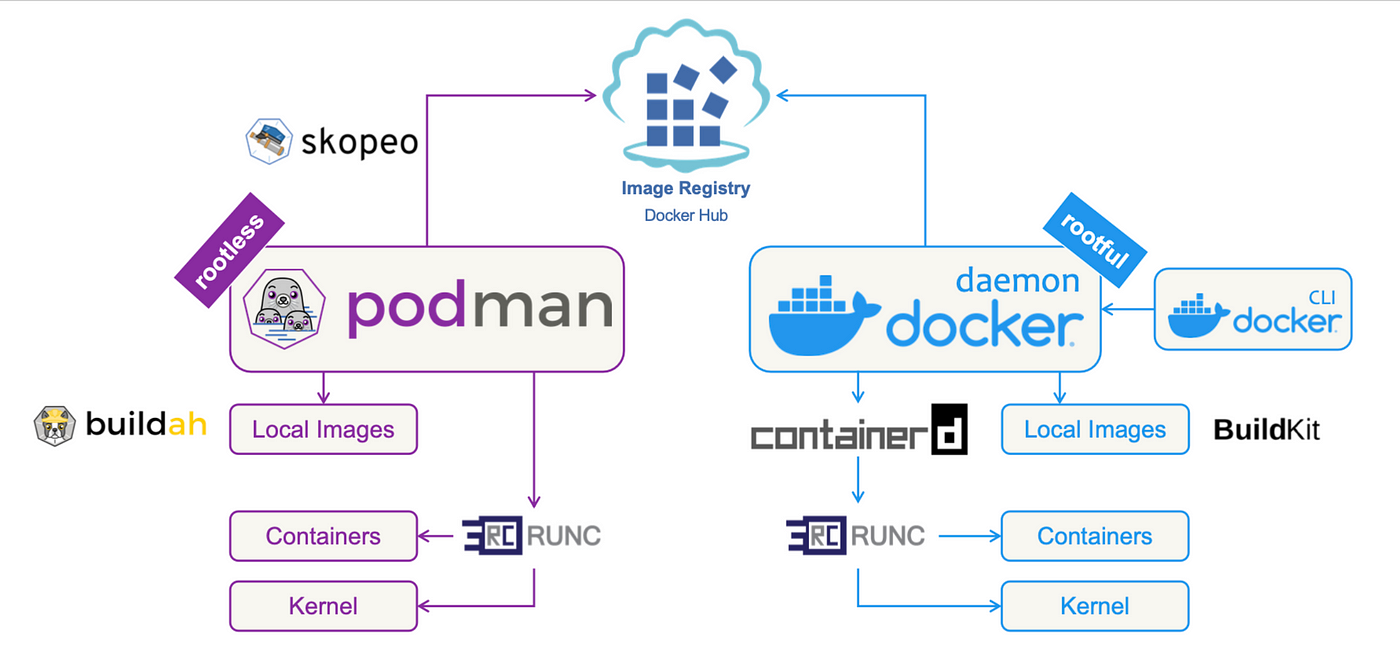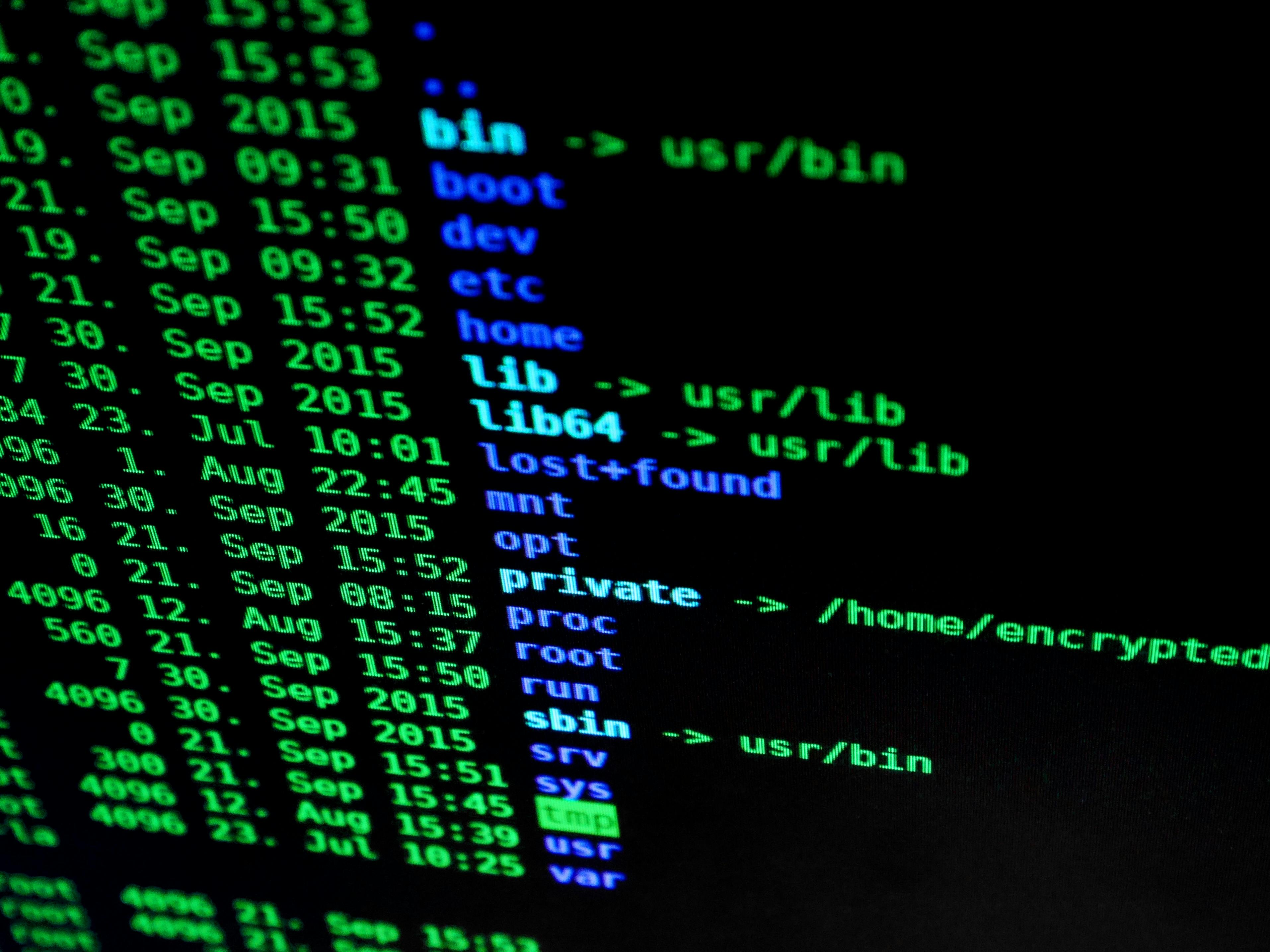This guide explains how to keep your Linux firewall rules (iptables) safe even after a reboot. We’ll use simple commands and examples for Ubuntu, CentOS 7, and other Linux systems.
Why Save iptables Rules?
iptables is like a security guard for your Linux system. It controls incoming and outgoing traffic. But by default, iptables rules disappear after a reboot. This guide shows you how to make them permanent.
3 Easy Ways to Save iptables Rules
1. Manual Method: Save and Restore Rules
This works on all Linux systems (Ubuntu, CentOS, etc.).
Steps:
-
Save your current rules to a file:
sudo iptables-save > /home/user/my_iptables_rules.txt(Replace
/home/user/with your home folder.) -
Restore rules after reboot by adding this line to
/etc/rc.local(a startup script):sudo iptables-restore < /home/user/my_iptables_rules.txt
Example:
- You block a malicious IP (
192.168.1.100) with:sudo iptables -A INPUT -s 192.168.1.100 -j DROP - Save it with:
sudo iptables-save > /home/user/block_malicious_ip.txt
Fix Common Errors:
- “Permission denied”: Use
sudobefore commands. - “Command not found”: Install iptables with
sudo apt install iptables(Ubuntu) orsudo yum install iptables(CentOS).
2. Ubuntu/Debian: Use iptables-persistent
This tool automatically saves and restores rules.
Steps:
-
Install it:
sudo apt update sudo apt install iptables-persistent -
During installation, say “Yes” to save current rules.
-
To save rules later:
sudo netfilter-persistent save
Example:
- You allow SSH (port 22) with:
sudo iptables -A INPUT -p tcp --dport 22 -j ACCEPT - Save it with:
sudo netfilter-persistent save
Where Are Rules Stored?
- IPv4 rules:
/etc/iptables/rules.v4 - IPv6 rules:
/etc/iptables/rules.v6
3. CentOS 7: Use iptables-services
CentOS 7 uses firewalld by default, but you can switch to iptables.
Steps:
-
Stop and disable
firewalld:sudo systemctl stop firewalld sudo systemctl disable firewalld -
Install iptables services:
sudo yum install iptables-services -
Save rules:
sudo service iptables save -
Start iptables on boot:
sudo systemctl enable iptables sudo systemctl start iptables
Example:
- You block ping requests with:
sudo iptables -A INPUT -p icmp --icmp-type echo-request -j DROP - Save it with:
sudo service iptables save
Troubleshooting
Problem 1: Rules Disappear After Reboot
- Fix: Check if you saved rules correctly (e.g.,
sudo netfilter-persistent saveon Ubuntu). - Check: Look for errors in
/var/log/syslogorjournalctl -xe.
Problem 2: “iptables-save Permission Denied”
- Fix: Always use
sudo(e.g.,sudo iptables-save).
Problem 3: Conflict with firewalld (CentOS)
- Fix: Either stick to
firewalldor fully switch to iptables (as shown above).
Best Practices
- Backup Rules: Save rules before making changes.
sudo iptables-save > /home/user/backup_rules.txt - Test Rules: Apply rules temporarily (
sudo iptables-restore < file.txt) and test before saving. - Add Comments: Use
-m comment --comment "My rule"to explain rules.
Conclusion
Now you know how to save iptables rules permanently on any Linux system! Use:
- Manual method (for all systems),
iptables-persistent(Ubuntu/Debian), oriptables-services(CentOS 7).
For more help, check:
man iptables(manual page)- Netfilter Docs




